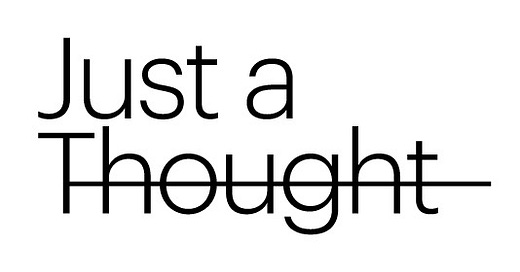Louis Vuitton held their Men’s Spring-Summer 2023 fashion show a couple of months ago in the Cour Carrée of the Louvre. With Kendrick Lamar donning a thorn crown, seated next to Jack Dorsey, and Justin Timberlake, Jessica Biel, and J. Balvin positioned nearby, the iconic Florida A&M University (FAMU) marching band kicked off the show in mesmerizing fashion.
Growing up a college football fan in the Sunshine State, I have long been aware of The Marching 100 (the official name of the FAMU marching band), though almost exclusively on the field, between halves. And so, I watched this global fashion spectacle for nearly 10 minutes, in awe of something so familiar presented entirely new.
As soon as the band finished their opening numbers, Kendrick began his performance with a transition so natural you may wonder if he is in fact the frontman for The Marching 100. Credit where credit is due, this is absolutely brilliant creative direction. However, what’s stuck with me most is the context shift from a football halftime show to headliner of one of the biggest fashion events in the world. By presenting its work in this medium, The Marching 100 becomes a wholly new experience.
Marshall McLuhan’s 1964 book, Understanding Media: The Extensions of Man, is most famous for a phrase coined in the first chapter: “The medium is the message.” In short, the idea McLuhan was purporting is that the medium any given content is presented through is as important as the message itself. The idiom is almost 60 years old and has been nearly ubiquitous since. And while the epidemic of thought-leaders trying to apply its lessons to their respective industries has perhaps diluted the message, the respective medium remains the real source of meaning.
An HBCU’s marching band performing in a 230-year-old cultural epicenter is what I’m calling an “incidental context shift” – an occurrence outside of my control. Nonetheless, it has resurfaced this McLuhan trope and given me a new framework to approach how I see things in the world. Seeing this message in this medium was a good reminder that my opinions of things may not be as they seem – but have merely been viewed through a different, or dare I say wrong, lens. Incidental context shifts, however, are generally out of our control. That is, they just happen.
What I can control–and what I’m trying to do more of, thanks in part to The Marching 100, is force myself outside of the proverbial context bubbles my ideas often live. These “forced context shifts” are a helpful exercise in seeking to see things as they are, rather than as they seem. To not become a prisoner of my own biases and form my own original opinions.
“Learning how to think" really means learning how to exercise some control over how and what you think. It means being conscious and aware enough to choose what you pay attention to and to choose how you construct meaning from experience.” ―David Foster Wallace, This Is Water
Fable of the Dragon Tyrant
This video is adapted from Nick Bostrom’s paper, which had been buried in my read-later app until I happened upon the video version in Vitalik’s Twitter bio. With all the doom and gloom that dominates the airwaves, spreading optimism feels like a worthy goal for capable members of society (that’s us!). Find the dragon in your life and become the king or the little boy as we collectively slay the dragon.
—Andrew
Right Here For Pablo
The latest GX1000 video has a lot in common with previous iterations. That’s a very good thing. This is raw, buckle-in-and-hang-on-for-dear-life skateboarding. Every time a skater crosses an intersection in the middle of a wheel-melting hill bomb, you’re left thinking, “Holy crap, I hope he makes it across that street.” The fact that so much of the footage comes from San Francisco is also a nice reminder that for all the tech-bro gentrification, there is still an outlaw counterculture contingent that can’t be erased.
—Justin
Don't Tell Me I Can't: An Ambitious Homeschooler's Journey
In July, I recommended this eulogy of Cole Summers. Special thank you to Riva Tez for gifting me his book.
I keep a running list of things I try to come back to read every year or so. This self-published book by 14-year-old Cole Summers, who has since tragically passed, has inspired me to create a new list: required reads for my potential future kids. At just over 100 pages, this book should be required reading by all kids and their parents, so the former know they can dream big and the latter gives them the space and agency to do so.
—Andrew
Hell’s Angels: A Strange And Terrible Saga, by Hunter S. Thompson
There is a lazy tendency (and one that I’ve been known to have) to paint all of Hunter Thompson’s writing with a Fear and Loathing in Las Vegas brush, or worse yet, with a Fear and Loathing in Las Vegas-as-depicted-cinematically-by-Johnny-Depp brush. I recently read Thompson’s profile of the Hell’s Angels motorcycle gang. Because of what I knew about Thompson and the Angels and what I’d heard tangentially about the book, I formed a preconceived notion. That turned out to be false. I was surprised and impressed by the sober reporting Thompson did. While there is sex, drugs, and rock n’ roll, they are not glamorized for glamour’s sake. I found it to be more an example of the “new journalism” style than Thompson’s patented “gonzo journalism” and it was better for it.
—Justin







